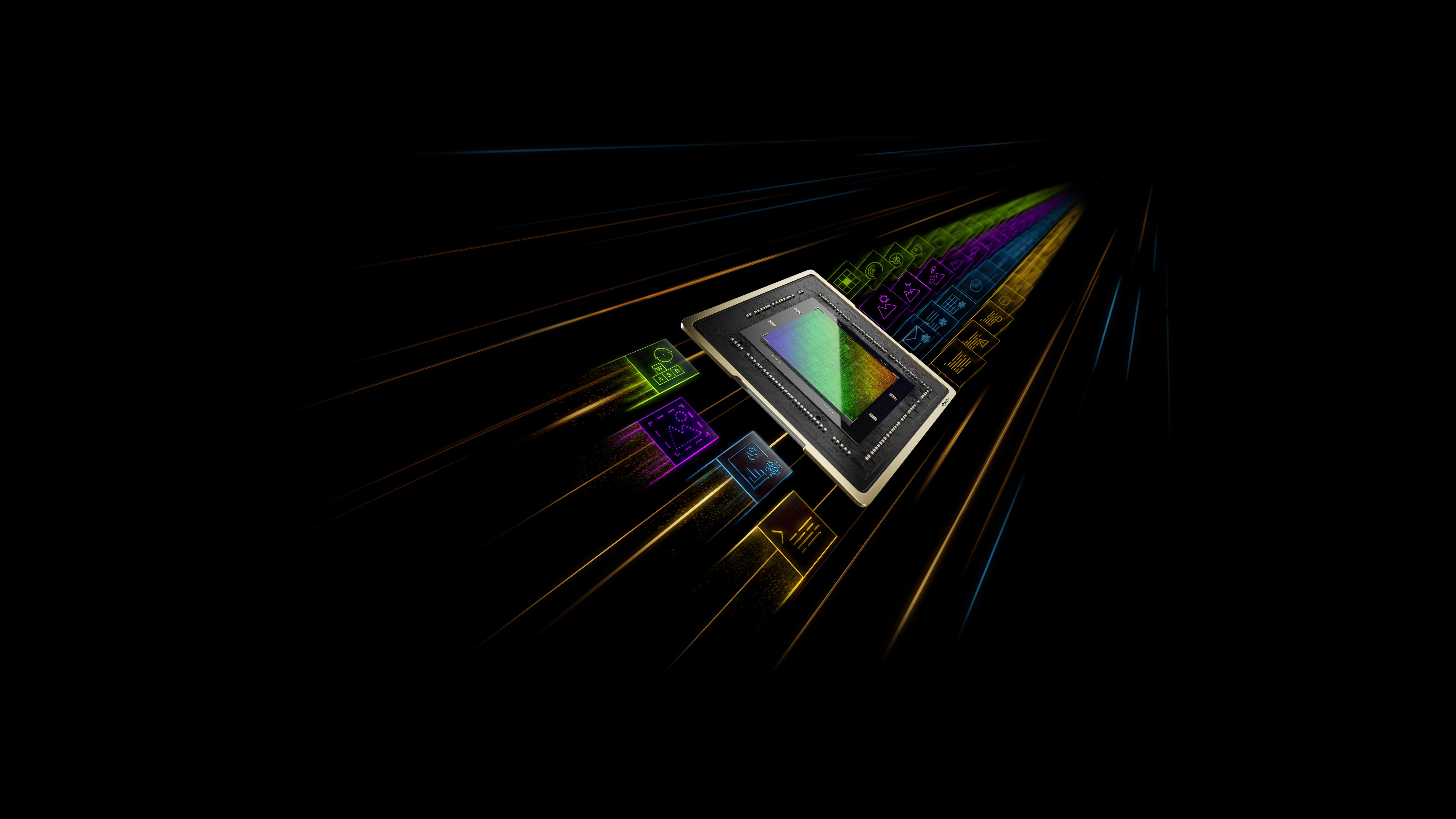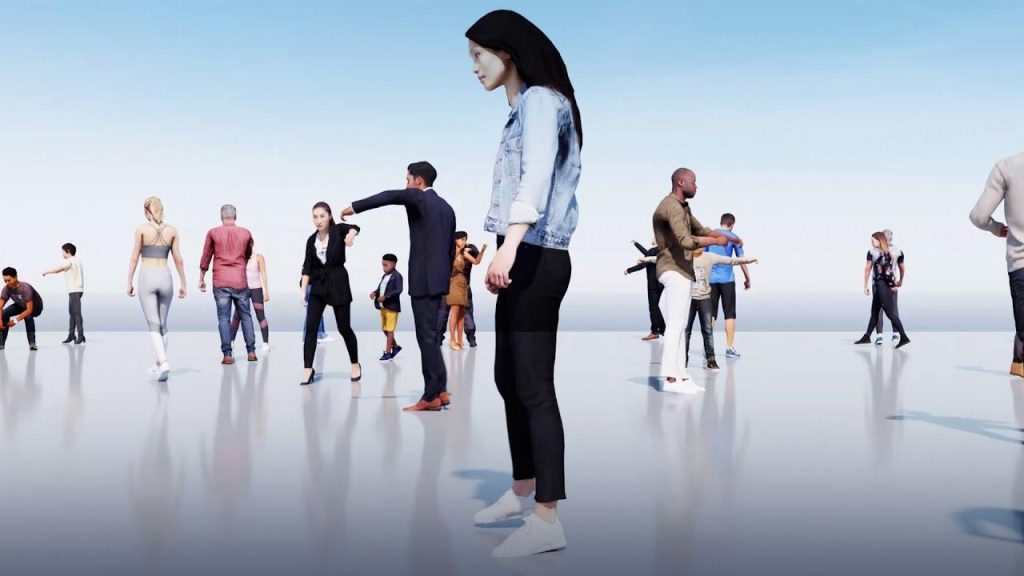In a groundbreaking demonstration of artificial intelligence advancements, NVIDIA has unveiled its latest innovation, capable of understanding virtually any human movement.In a recent episode of “Two Minute Papers,” Dr. Károly Zsolnai-Fehér delves into the intricacies of pose estimation,a process where video footage of individuals is analyzed to determine their posture in real-time. Traditionally, pose estimation techniques have shown promise, but NVIDIA’s new method takes it a step further by employing Wi-Fi signals to track movements, even through walls—a feat that raises eyebrows and ignites curiosity about its potential applications. As the technology edges closer to enabling seamless navigation within virtual environments, the researchers from NVIDIA, alongside the University of Toronto and the Vector Institute, confront significant challenges such as accuracy and physical realism in motion capture. Their collaborative efforts have led to the integration of physics simulations that correct common issues like foot sliding and flickering—problems that have plagued previous methods. With this innovation,the road to immersive participation in the metaverse seems more attainable than ever,as all that may be required is a simple video input. The possibilities are as exciting as they are revolutionary, paving the way for a new era in digital interaction.
Understanding NVIDIA’s Groundbreaking AI and Pose Estimation Technology
The innovative capabilities unveiled by NVIDIA represent a significant leap forward in real-time tracking and action recognition. By harnessing advanced AI algorithms,this technology allows for the detection of nuanced human gestures and movements with unparalleled ease. Whether it’s translating a user’s stance into a virtual portrayal or interpreting complex sequences of motion, the potential applications span across various fields, including gaming, healthcare, and training simulations. Key features of this groundbreaking approach include:
- Enhanced Gesture Recognition: The system can identify and replicate intricate movements without requiring specialized equipment.
- Real-World Integration: Utilizing existing Wi-Fi infrastructure,the technology can monitor interactions in multiple environments,broadening its usability.
- Multidimensional Interactivity: Users can engage with virtual and augmented realities in ways that were previously thought impossible,enhancing user experiences.
Along with its remarkable capabilities, NVIDIA’s latest advancements address previous hurdles by implementing sophisticated physics-driven simulations. This transformative aspect ensures that monitored movements reflect reality more accurately, thus eliminating issues like disjointed animations or unrealistic character interactions. Moreover, the collaborative efforts with premier institutions underscore NVIDIA’s dedication to ongoing research and development, paving the way for a future where AI-powered pose estimation becomes integral to our daily digital experiences. The implications of this technology could redefine how users interact within digital landscapes, making virtual realities not just immersive, but also deeply intuitive.
Transforming Human Movement into Virtual Reality: The Role of Physics Simulation
NVIDIA’s innovative framework pushes the boundaries of realism in virtual environments by integrating physics simulations that elevate the authenticity of human motion representation. These advancements correct common discrepancies frequently enough encountered in earlier motion capture methods, such as foot placement inaccuracies and unnatural body movements. By employing a sophisticated algorithmic foundation, the technology analyzes input from basic video feeds and applies real-time adjustments, allowing virtual avatars to move in ways that are more in sync with actual human behavior. This flexibility not only boosts the overall realism of virtual interactions but also enhances user engagement by creating a seamless interplay between the real and the virtual.
The ongoing partnership between NVIDIA and leading research institutions, including the University of Toronto and the Vector Institute, highlights a collaborative approach to overcoming the complexities of motion representation. By refining elements such as spatial awareness and environmental responsiveness, the team aims to create immersive experiences that feel both lifelike and user-friendly. Key components driving this innovation include:
- Dynamic Motion Correction: Real-time adjustments ensure that movements align perfectly with physics-based expectations.
- Realistic Environmental Interaction: Avatars can now react more intuitively to changes in their surroundings, enhancing the user experience.
- User-Centric Design: The technology focuses on naturalistic engagement methods to foster a deeper connection with users.
Addressing Challenges in Motion Capture: Overcoming Flickering and Foot Sliding
NVIDIA’s breakthrough in motion capture technology offers innovative solutions to longstanding issues affecting realism in virtual environments. By incorporating advanced algorithms that prioritize realism and accuracy, developers can effectively mitigate issues such as flickering and foot sliding that have historically hindered user immersion. The system smartly synchronizes movement data, applying complex physics principles to ensure that every virtual action resonates with natural human kinetics. This alignment significantly enhances not only the aesthetic quality of digital interactions but also the believability of virtual characters as they navigate intricate terrains and engage in dynamic scenarios.
- Adaptive Animation Techniques: Utilizing machine learning, the platform can adaptively fine-tune character animations, minimizing visual disruptions.
- Seamless Transition Mechanics: By analyzing movement patterns, the technology ensures fluidity in action sequences, fostering an engaging viewer experience.
- Thorough Environmental Feedback: Real-time feedback allows avatars to respond accurately to changes in their surroundings, enriching the interactive quality of virtual spaces.
This innovative approach reflects a comprehensive understanding of user behavior and environmental nuances. The collaboration between NVIDIA and esteemed research institutions enhances the breadth of this technology, setting new benchmarks for motion capture fidelity across various sectors, including gaming and virtual training. Each proactive step taken addresses past limitations, ensuring that the future of motion capture is not only technologically advanced but also profoundly user-focused, transforming how individuals experience virtual realities.
The Future of the Metaverse: What This Technology Means for User Interaction
The introduction of NVIDIA’s unparalleled AI will redefine the dynamics of user engagement within virtual spaces. By utilizing advanced algorithms capable of interpreting human motion with remarkable precision, the potential for interaction in immersive environments becomes limitless. The technology emphasizes user-centric experiences through intuitive interfaces and highly responsive avatars that can engage in complex, dynamic interactions. This opens doors to a range of applications where a nuanced understanding of movement can facilitate:
- Enhanced Social Interactions: Users can express emotions and reactions authentically, fostering deeper connections in virtual communities.
- Immersive Educational Environments: Learners can actively engage with digital content in ways that are both effective and enjoyable.
- Advanced Gaming Experiences: Gamers can experience a heightened level of realism, enabling more strategic gameplay through natural body movements.
As the technology progresses, the collaboration between industry leaders and academia will propel this innovation further, ensuring continuous improvements in realism and interaction. Importantly, these efforts not only strive to refine the accuracy of motion capture but also aim to enhance the overall user experience, creating environments where intuitive interactions are standard. Such advancements may significantly shift perceptions of digital spaces, leading to seamless transitions between reality and the virtual world, ultimately redefining how users perceive and interact with digital content.























